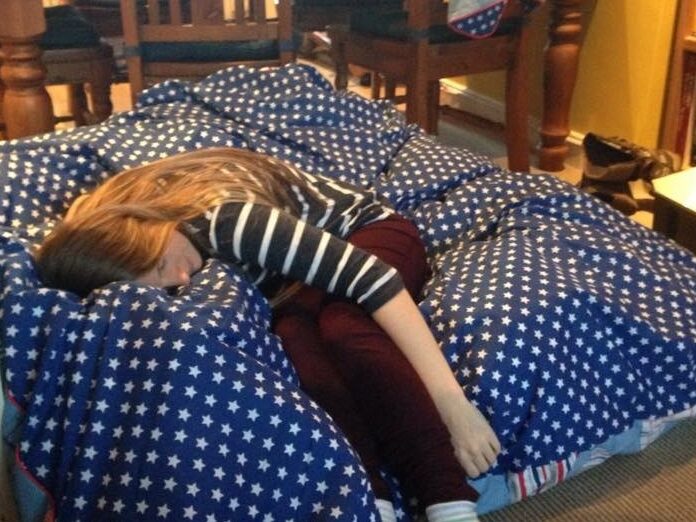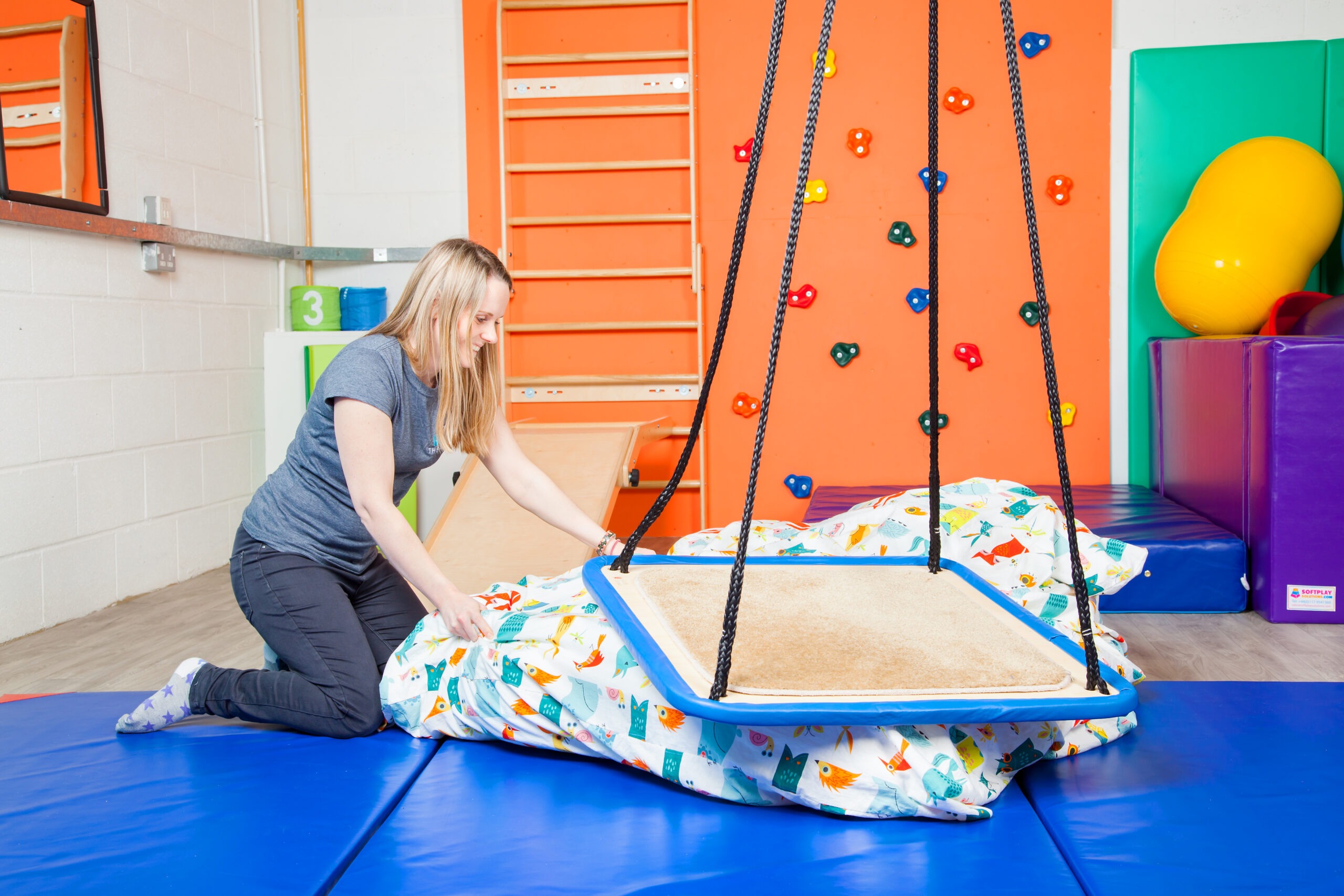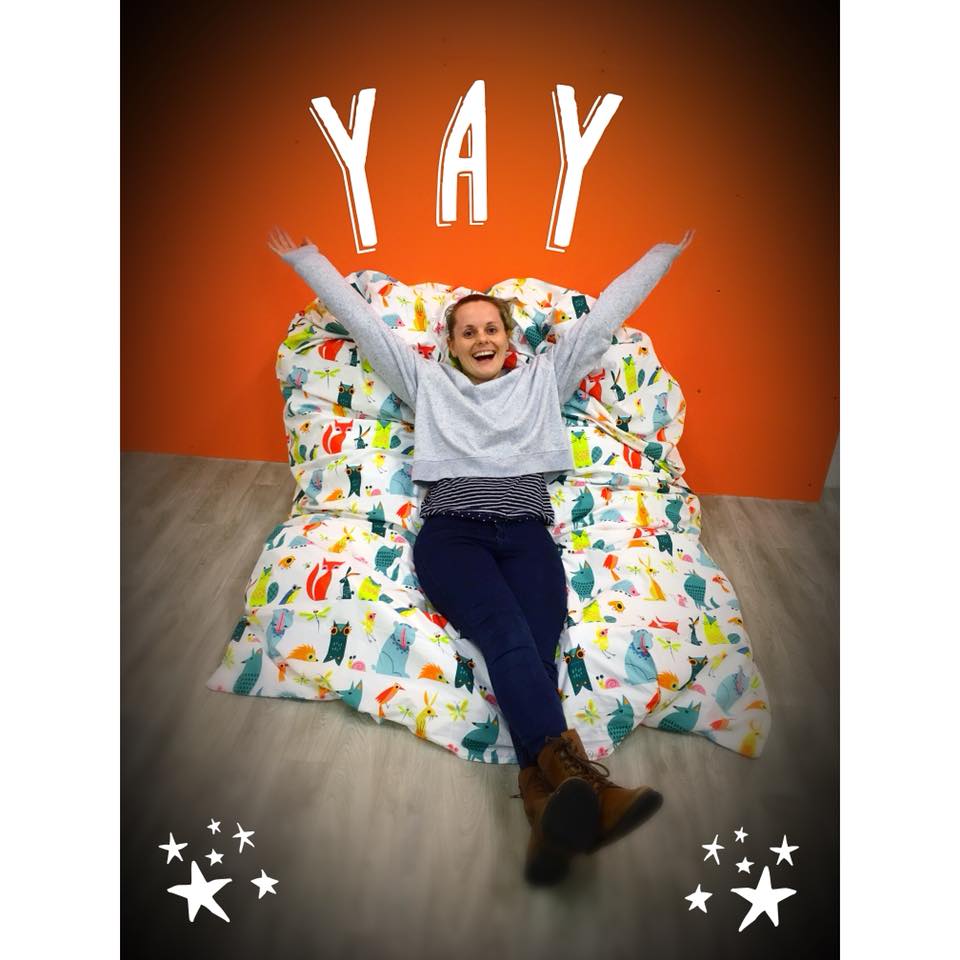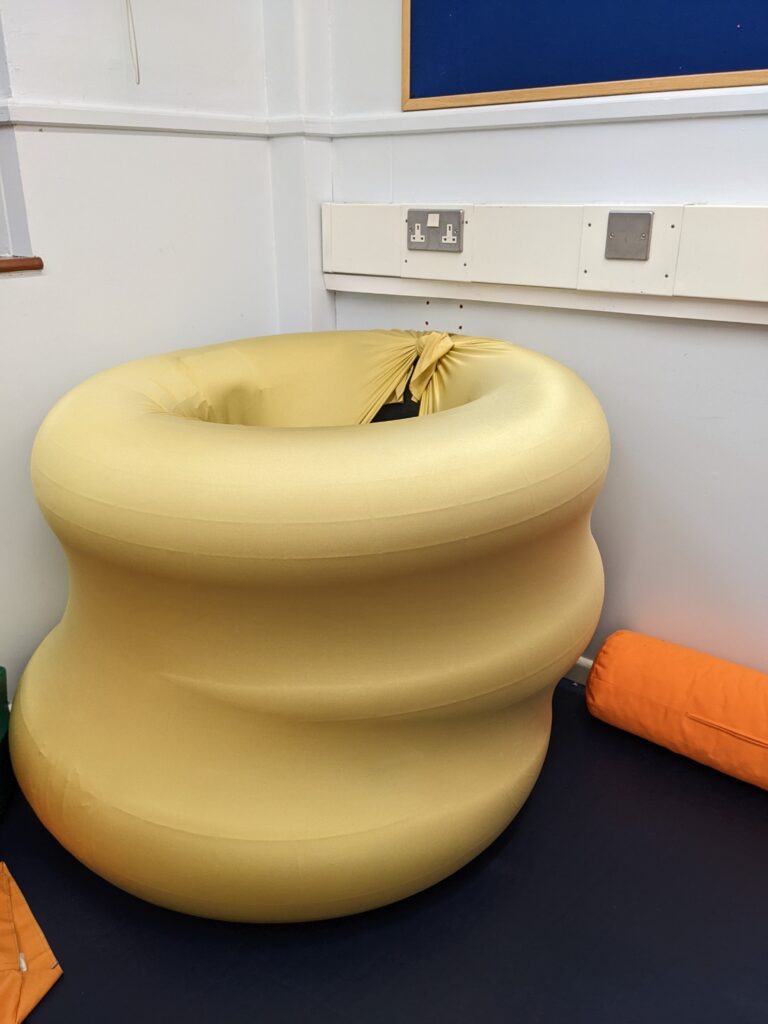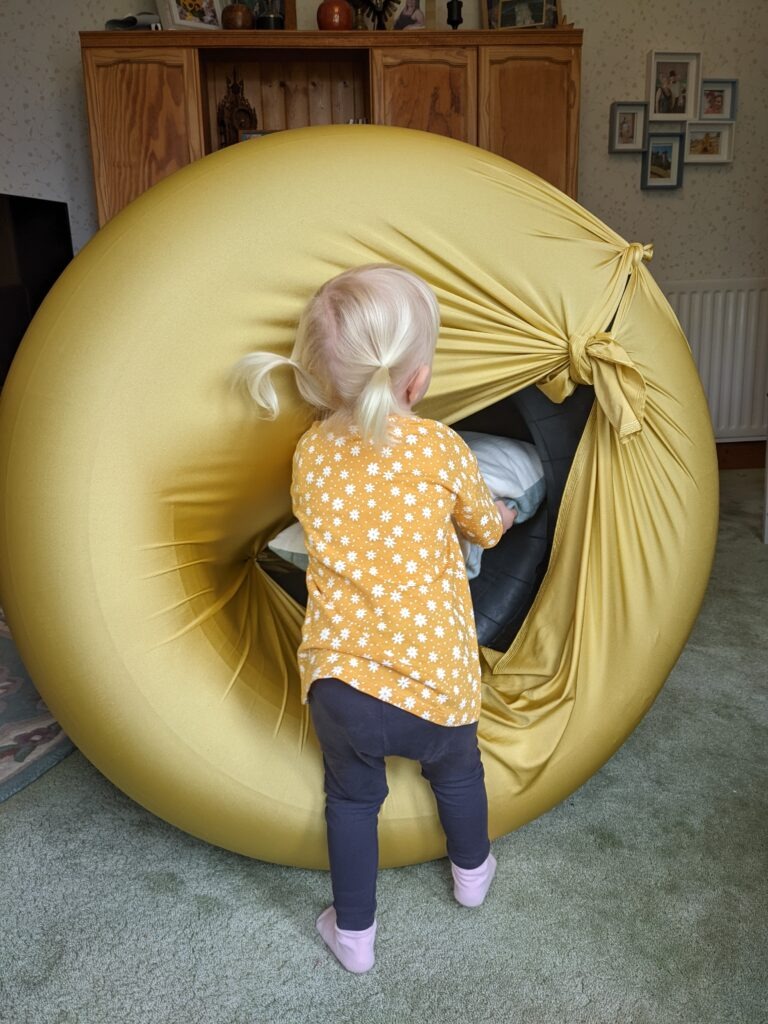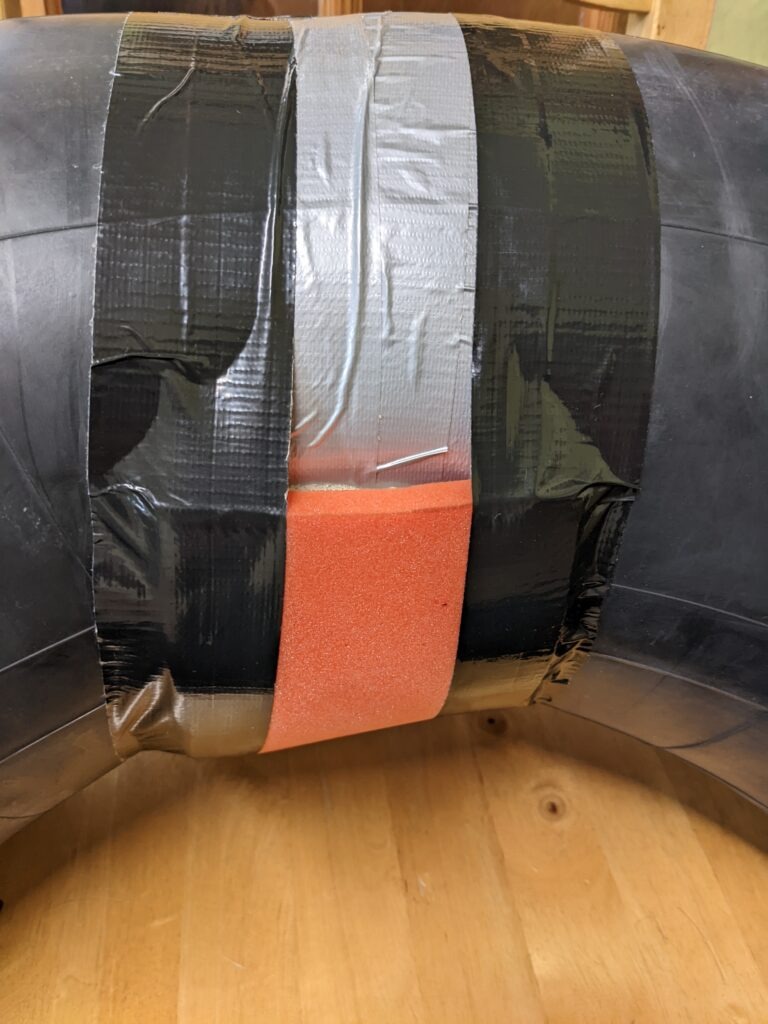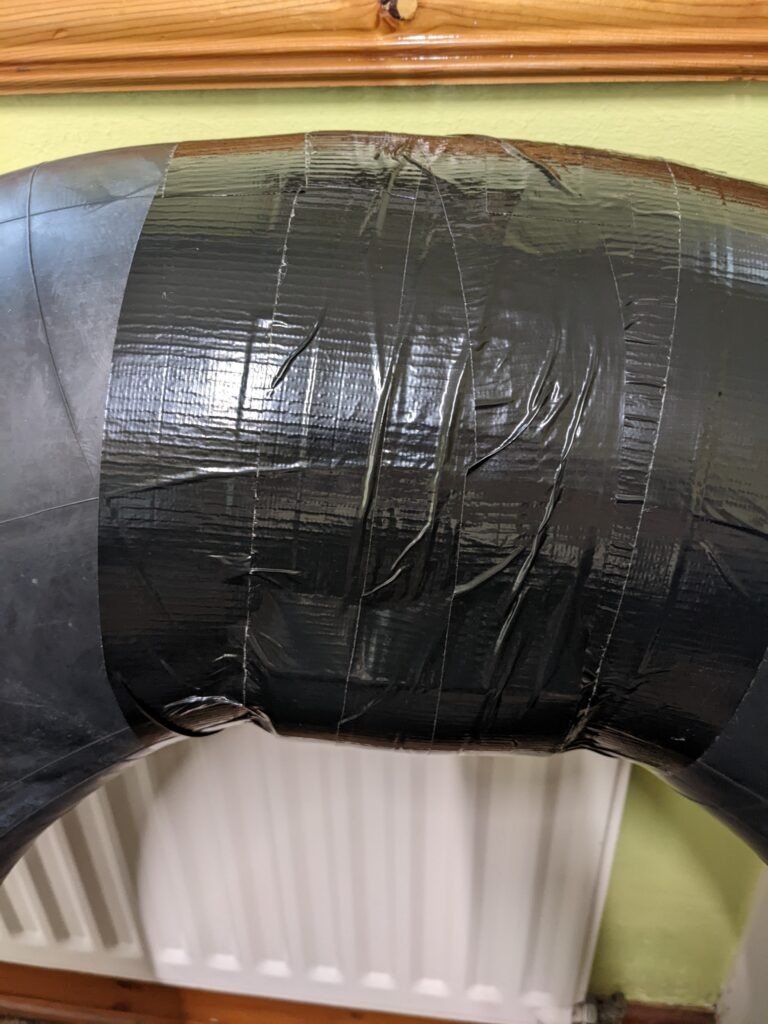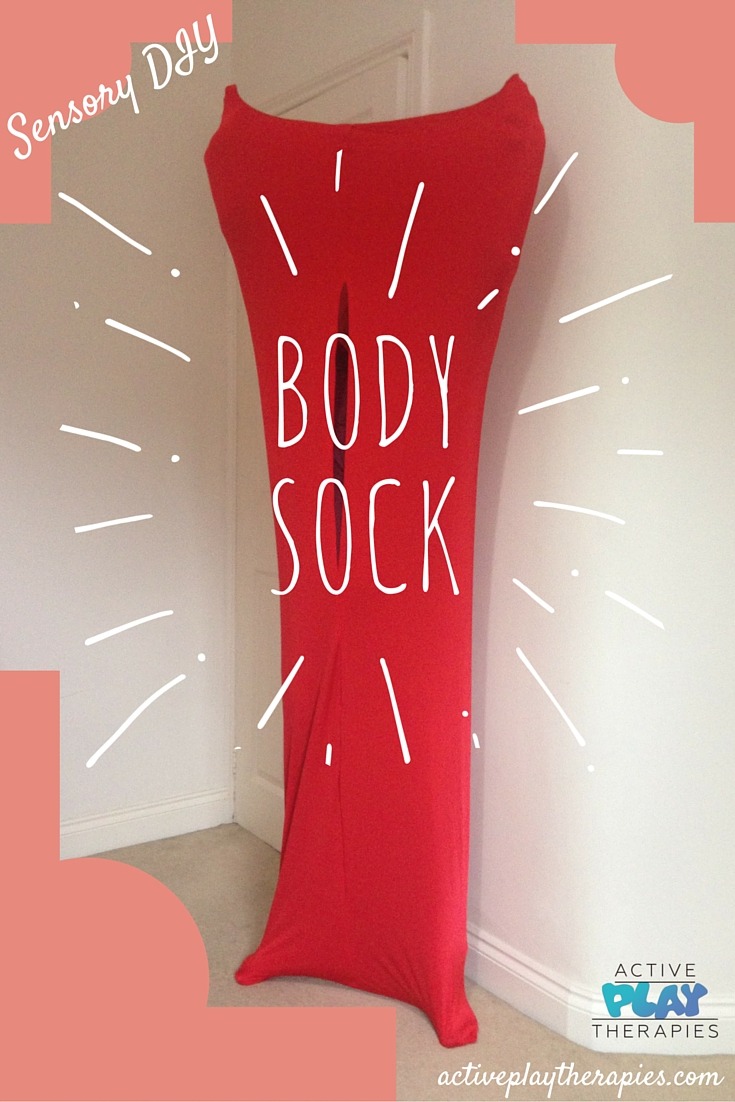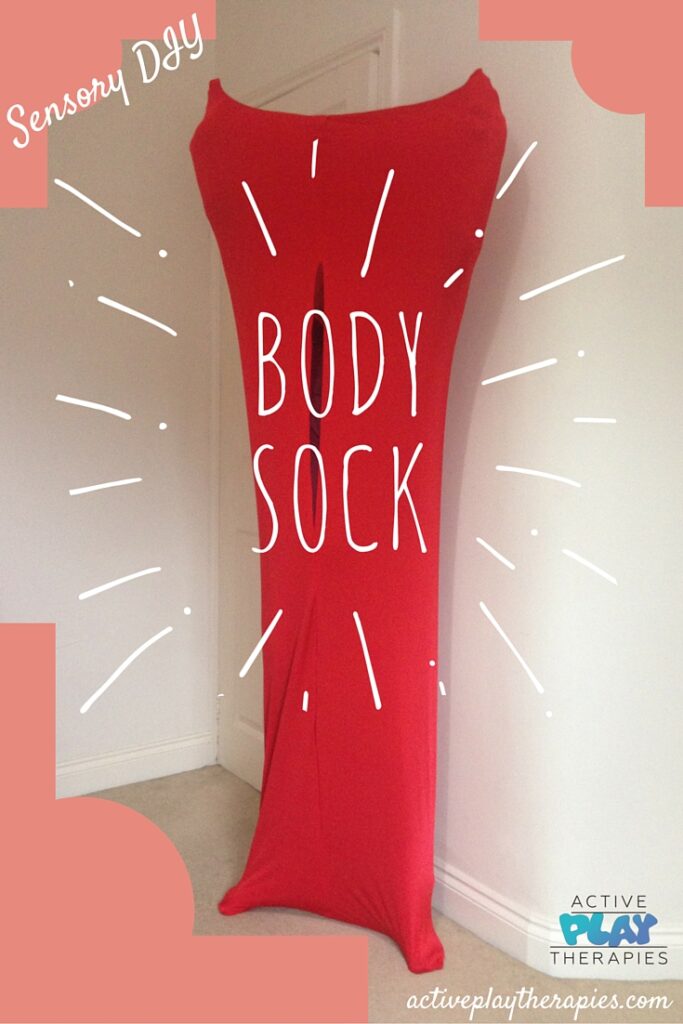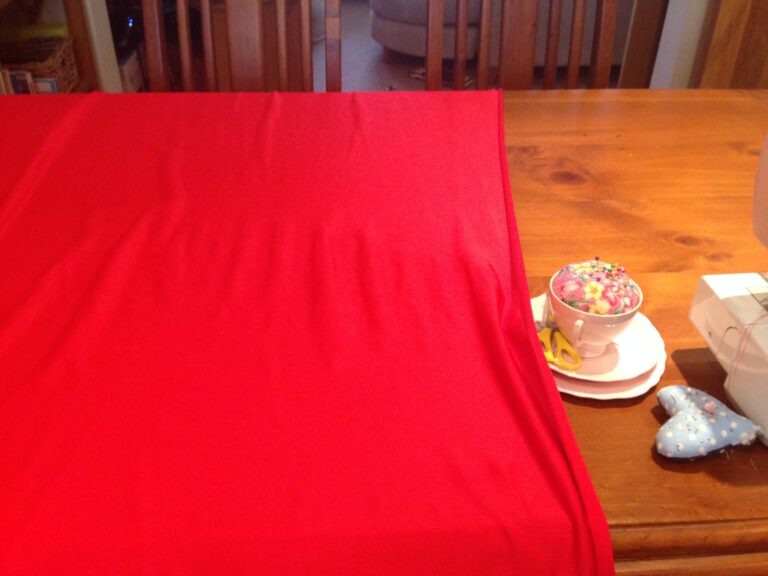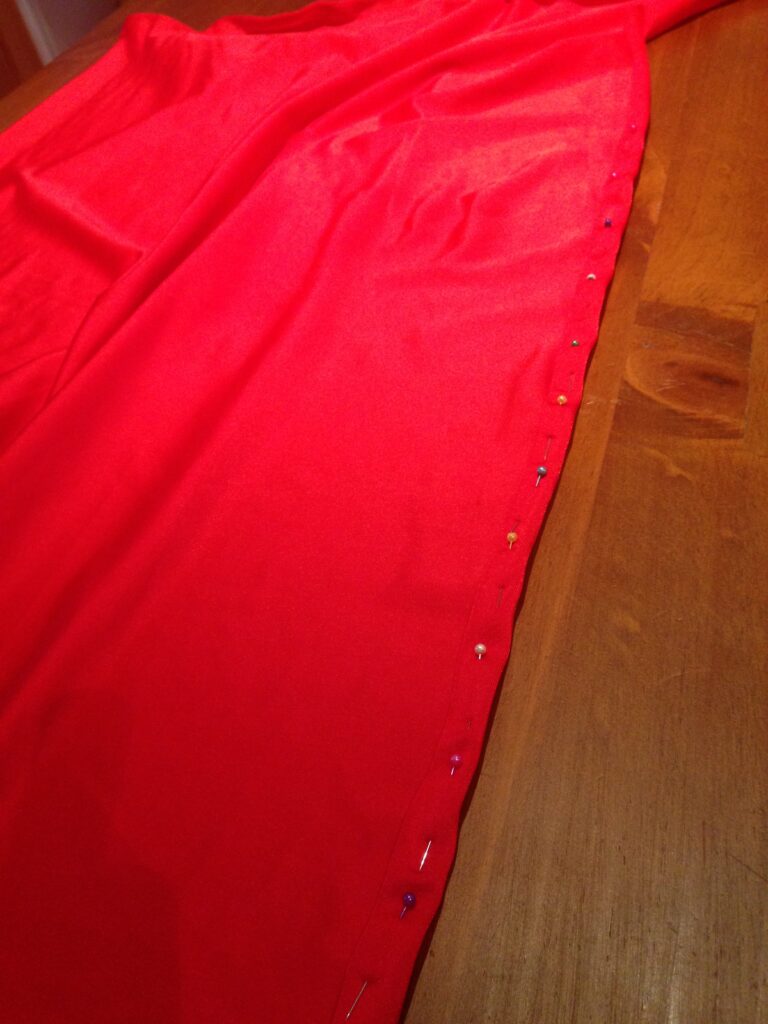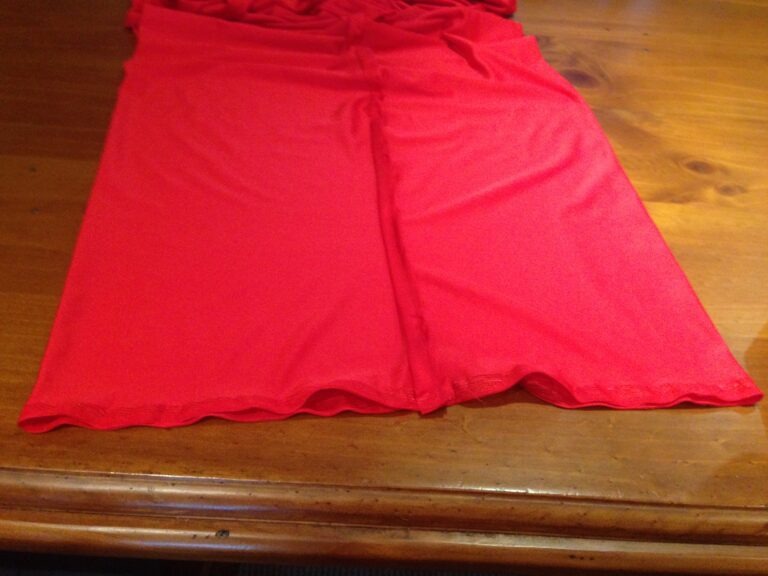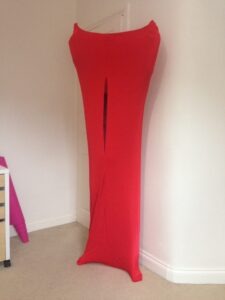Thoughts From a Therapist: Movement Space Success!
Originally published on Sensory Integration Education on 21st July 2022.
I’ve just finished the Autism in Schools project I was commissioned to complete this term (and waiting to hear whether they may extend it). I wrote in June that I was about to set up a Movement Space. I decided to use this term, rather than ‘sensory room’, so that there was a clear focus on active, rather than passive, sensory experiences.
In May half-term, our SENCO and pastoral worker and I traipsed into school, dragging with us expertly manually handling equipment: some loaned from me and some borrowed from the PE cupboard. This included: an itinerant swing frame, a complete with platform swing, aerial silks, a rope ladder, a button swing and cocoon swing; a foam crash pad; a bouncy barrel; crash mats; a spinning top; a weighted blanket; stepping stones; a balance board and a whole load of other small sensory bits.
I deliberated about the safety of lending equipment that is generally used under my watchful gaze, but as children can go to a park and get similar experiences without any need for a therapist, I reassured myself it was a measured risk and I made a safety video for staff to watch before using the room (covering things like signs of over-arousal of the vestibular system, keeping children safe with mats and beanbags etc).
The movement space was a success! The school has now ordered the same equipment to continue providing movement spaces in both the infant and junior schools. The pastoral worker was absolutely key to the success of the project: her enthusiasm and knowledge of sensory needs was already excellent – and her approach gave more hesitant staff the confidence to try things out. A calmer summer term was the result, with lovely examples such as a boy just totally relaxing onto the foam crash pad after being quite upset, saying “Its just like a cloud!” and being able to go back into class successfully.
I think there’s a lot of scope for including movement rooms in mainstream schools, and the staff in charge on site are crucial to the success. Definitely something I’ll be taking forwards with me! You can see photos of the movement space here.


